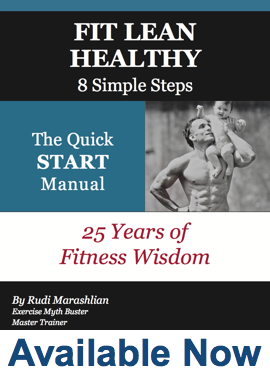Let’s cut to the chase on the subject of fat loss. There’s so much nonsense written about it, so much time spent worrying about it.
Here is a short summary of fat loss facts. Snappy, to the point and hopefully there are a few facts you can use easily right away…
FAT LOSS FACT NUMBER ONE:
The more muscle you have, the higher your resting energy expenditure (in other words, you’ll burn more calories without actually doing anything than someone with less muscle).
FAT LOSS FACT NUMBER TWO:
It takes energy to process and digest the food you eat. This is known as the thermic effect of food. Protein comes in highest in terms of its thermic effect, followed by carbohydrate and then fat. In simple terms, you burn more calories digesting protein than either carbs or fat.
FAT LOSS FACT NUMBER THREE (here’s where it gets fun):
On average the human body stores 130,000 kcal of fat, primarily in the form of triglycerides.
FAT LOSS FACT NUMBER FOUR:
A lean adult may have around 35 billion fat cells, while an extremely obese person may have 140 billion – that’s 4 times as many fat cells!
FAT LOSS FACT NUMBER FIVE (this is interesting):
The fat cells of obese people store two to three times more triglycerides than the fat cells of lean folk.
NUMBER SIX (this explains a lot):
Carbohydrate is stored in the form of glycogen, which is bound to water in the liver and muscle. This is why when you eat a lot of carbs, you weigh more (water retention) and also why, when you cut carbs out of your diet, you lose weight fast (water weight).
FAT LOSS FACT NUMBER SEVEN (why we do what we do as personal trainers)
Reducing calories only (energy input) without also increasing activity (energy output) will result in loss of muscle mass. Why is this bad? Because it has a direct effect of slowing the metabolism and the body starts to use fewer and fewer calories making it harder and harder to burn fat.



